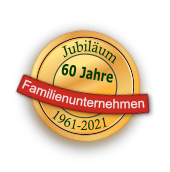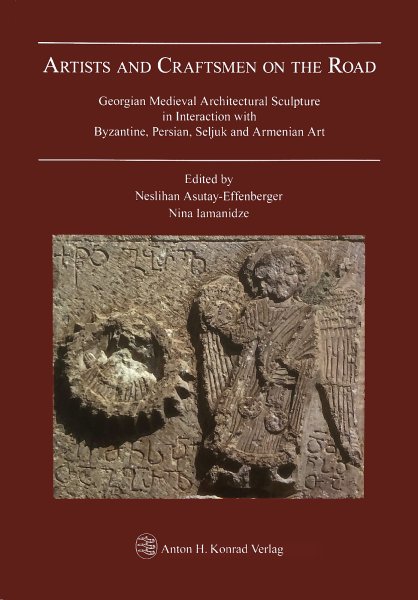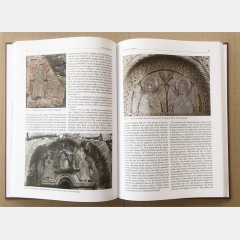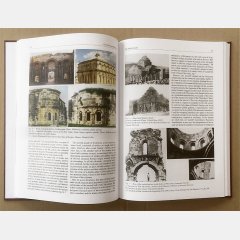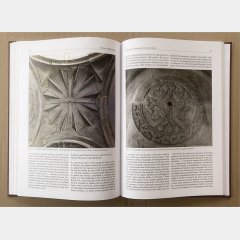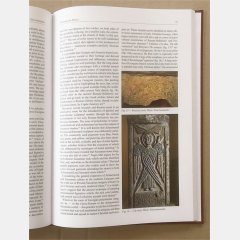Artists and Craftsmen on the Road
Georgian Medieval Architectural Sculpture in Interaction with Byzantine, Persian, Seljuk and Armenian Art
Hardcover, 147 Seiten, 21 x 29,7 cm, mit 218 überwiegend farbigen Abbildungen, englisch
ISBN 978-3-87437-630-3
1. Auflage, Februar 2024
sofort lieferbar
This publication is the result of the colloquium held at the Ruhr University of Bochum in Germany 2022. The Proceedings are showing an exciting mixture of cultures and collaborations between different ethnicities and religions created complex and diverse monuments. The shared visual language together with the surrounding environment evolved in artistic innovations.
Künstler und Handwerker - Georgische mittelalterliche Skulptur in der Architektur im Austausch mit byzantinischer, persischer, seljukischer und armenischer Kunst.
Tagungsband zur interkulturellen Gestaltungsbandbreite islamischer und christlicher Bauten über die Grenzen hinweg - in englischer Sprache.
Grundlage dieser Publikation ist das Kolloquium mit gleichnamigem Titel, das im Jahr 2022 an der Ruhr-Universität Bochum stattgefunden hat. Besonderer Fokus liegt hierbei auf der künstlerischen Innovation, die sich aus dem Teilen der visuellen Sprache und der Interaktion verschiedener religiöser und ethnischer Gruppen heraus entwickelt hat.
About this book:
In her first contribution, Neslihan Asutay-Effenberger (Bochum) presents three relief-ensembles from Seljuk Anatolia and wonders whether behind the Susuz Han angel reliefs stands a Georgian or Georgian-trained master.
In a second article she deals with the question of the lifespan of the S-shaped animal tendrils in Seljuk Anatolia. In particular, she attempts to answer this question, among others, with the help of a Georgian manuscript.
Ömür Bakırer (Ankara) gives an overview of geometric interlace patterns from Asia to Anatolia and challenges scholars to discover why Georgia seemed uninterested in this kind of ornamentation.
The contribution of Patrick Donabedian (Paris) addresses the development of flat niches on façades in Armenian and Georgian architecture from the 7th century on and explores architectural interactions with neighboring cultures, including similarities and differ- ences.
Nina Iamanidze (Paris) focuses on polychromy in medieval Georgian sculpture. The variations in the use of color, its functions, reception, liturgical uses, and questions of its role in the construction of the church are at the heart of her investigations.
Thomas Kaffenberger (Bern) presents richly ornamented Georgian umbrella domes and segmented sail vaults that cover parts of the church buildings and delineates the migration of the architectural approaches and ideas through the southern Caucasus region.
Tamar Khundadze (Tbilisi) and Krist’ine Sabashvili (Tbilisi) concentrate on depictions of secular figures and their attributes on church facades. Together with local specificities and stylistic innovations, the cultural influ- ences, and connections with different countries adjoining to Georgia are also examined.
Athanasios Semoglou (Thessaloníki) sheds light on the iconography of the representation of the Last Judgment on the apse façade of the Church of Saint George of Joisubani in Rach’a, and the role of this oldest example in the Eastern Christian art as a transitional vision of the first millennium.
Zaza Skhirt’ladze (Tbilisi) presents a newly discovered tympanum stone with a donor relief from the Ishkhani church complex in T’ao-K’lar- jeti (now Yusufeli/Artvin); its general compositional scheme points to certain prototypes that once existed in the cathedral as well as on Byzantine and other Eastern Christian monuments.
Based on analyses of the monasteries of Zarzma and Sapara, both located in the Samtskhe district, Manuela Studer-Karlen (Bern) demonstrates the role of the carved decoration in ritual and questions how they can illuminate the socio-political and historical contexts and the cultural interactions of the monasteries.


